From the Skeleton Coast National Park to Etosha National Park, Namibia has landscapes like no where else in Africa. The jaw dropping sight of the Fish River Canyon or the desert playground that is Sossusvlei and Namibrand are both destinations that will help you recreate life-long memories.
Our region guide will help with your initial planning, but our team of Africa specialists, Matt and Felix, are there to support your your trip to Namibia.
The south-western part of Namibia is mainly barren deserts with few settlements, but a small corner of this part of the country does hold some interest for more adventurous travellers. The tiny desert outpost of Aus is the first staging point that you visit and is renowned for a population of feral desert horses.
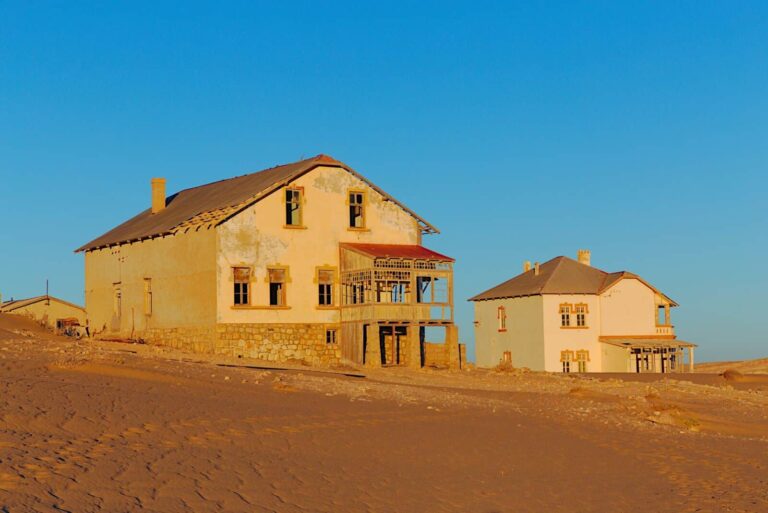
Namibia’s great cartographical oddity, the Caprivi Strip spurs off from the bulk of Namibia and runs for some 450kms until it reaches Botswana and Zambia, the latter being the world’s shortest land border at just 150 metres long. Its existence is owed to former German Chancellor Leon von Caprivi who negotiated the acquisition of the land in 1890 to allow German access to the Zambezi River.
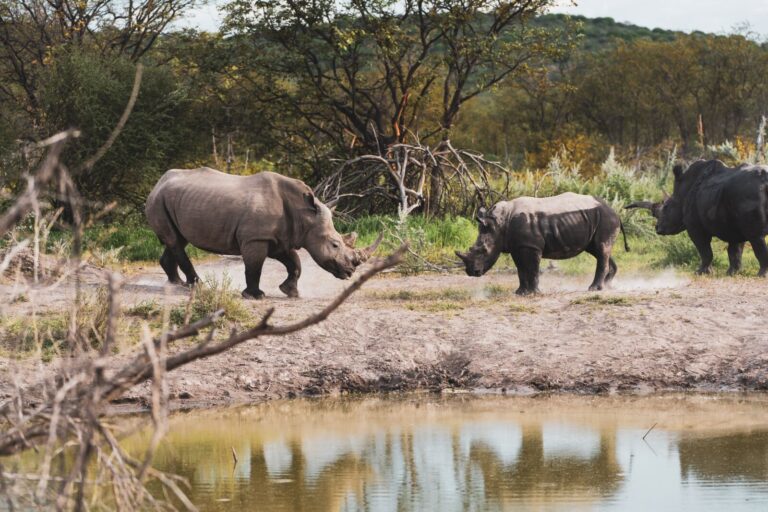
Running through the centre of Namibia from just north of the capital city Windhoek, the Central Highlands are a wonderfully scenic area and represent the first or last stopping point on many circuits through the country. Huge open plains are interspersed with jagged mountain ranges and, although the scenery here is wonderfully dramatic, the region is better-known for the conservation projects that take place within the private nature reserves that are found here.
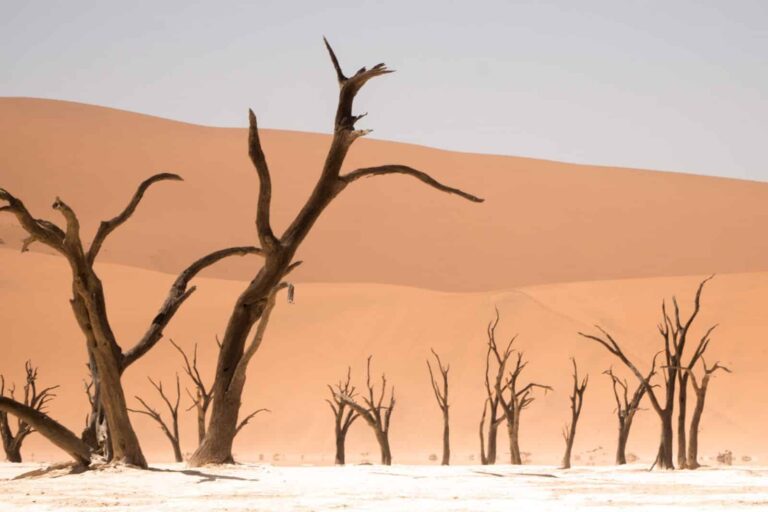
Damaraland’s raw and rugged beauty makes this perhaps one of our favourite areas in Namibia and certainly one of the most scenic. It is made up of a glorious collection of the most dramatic landscapes the country has to offer – from Spitzkoppe, Erongo and Brandberg in the south to the breathtaking stark red mountains in the north.
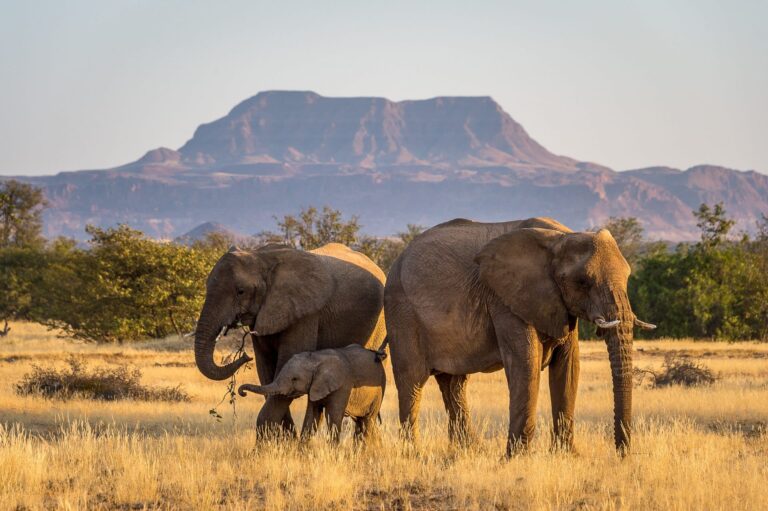
Etosha National Park is considered Namibia’s top destination for game-viewing. The park is centered on a vast open salt pan, which takes up about a quarter of the park’s land and is surrounded by grassy savannah plains and acacia woodland.
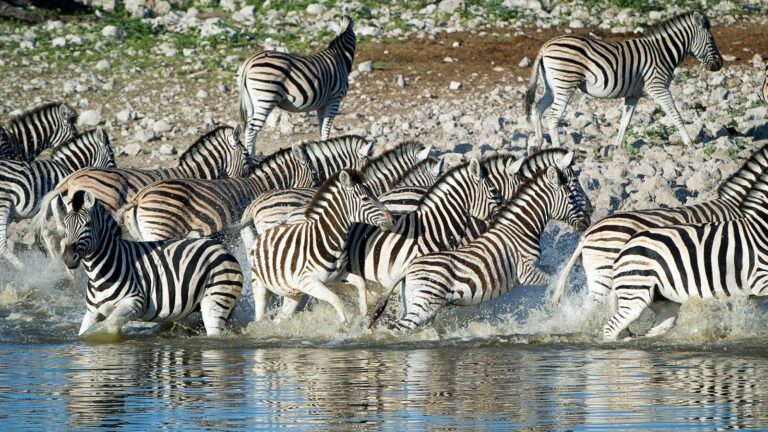
The far south of Namibia is home to the Fish River Canyon, the second largest canyon in the world and one of the most beautiful parts of this incredibly dramatic country. At 160 kilometres long, reaching up to 27kms wide and 550 metres deep, it is hard to put in to words the majesty of a visit to the canyon.
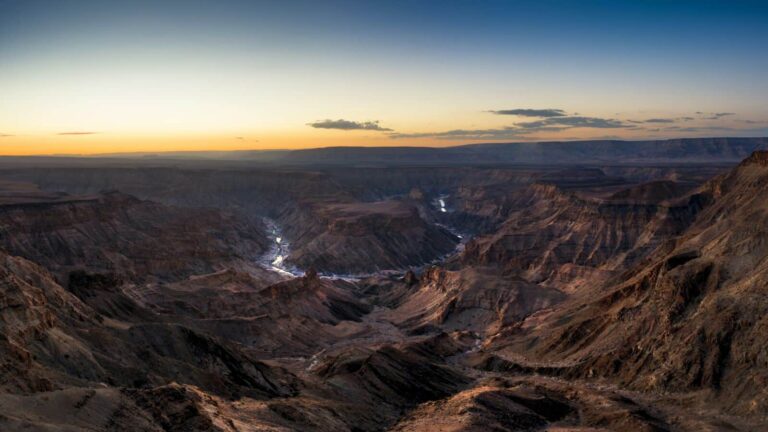
The vast Kalahari Desert covers huge swathes of South Africa and Botswana, as well as seeing its western fringe creep in to Namibia. The landscapes are ones of low rolling red sand dunes and they are especially striking at sunrise and sunset when the light adds a magical hue to proceedings.
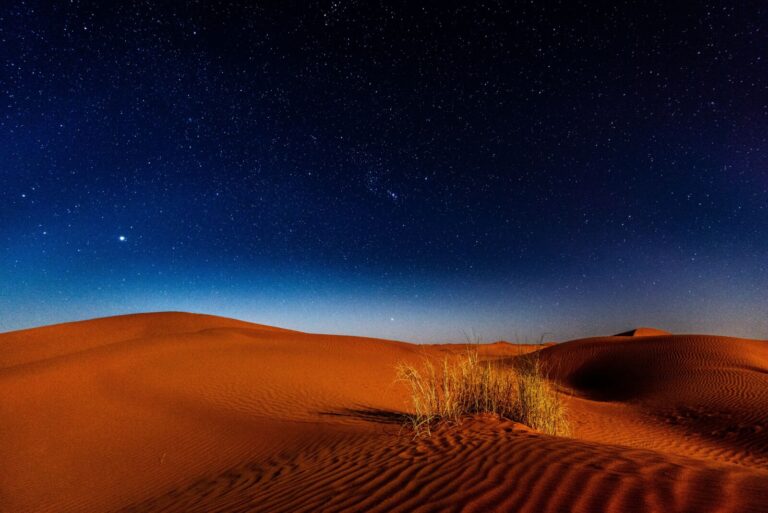
The harsh but beautiful deserts of the Kaokoveld stretch across 45,700 square kilometres of north-western Namibia and across the border in to neighbouring Angola. The wide Kunene River runs through the very west of the region, whilst the rest of the Kaokoveld is characterised by dry river courses, open desert plains and towering mountains.
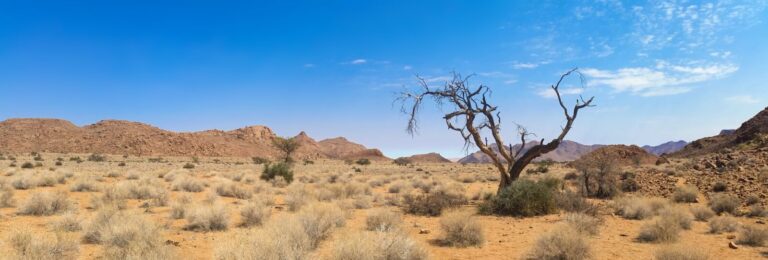
For many, Sossusvlei is the most photogenic region in the whole of Namibia. Located in the Namib-Naukluft National Park, a vast area of protected desert and mountains larger than Switzerland, you will find a sea of rusty red dunes that have over time been shaped by the winds and the underground Tsauchab River.
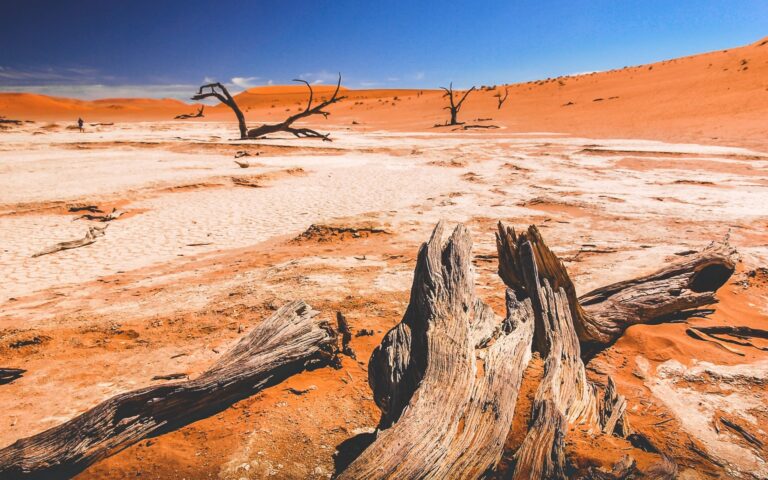
Walking down the promenade in Swakopmund, you could almost be in a seaside town in Germany rather than the vast landscapes of Namibia. The city has a distinctly German look and feel, dating back to the Colonial Era.
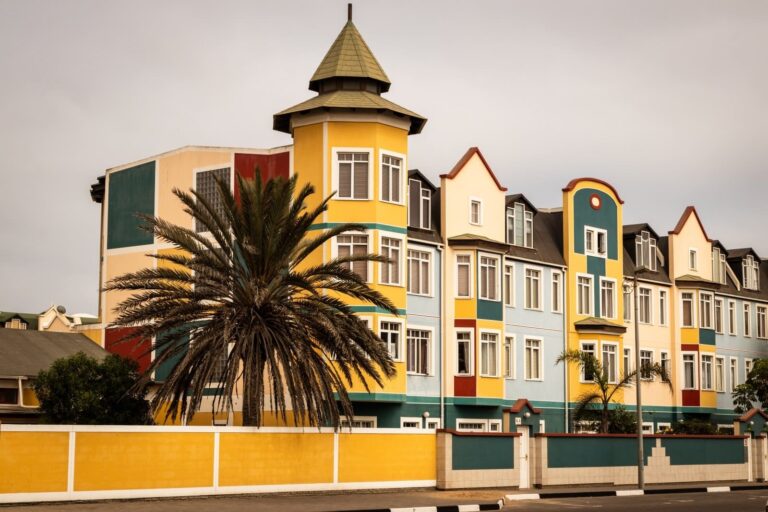
Found in the far north of the country and marking the border between Namibia and Angola to the north, the Kunene is one of Namibia’s few perennial rivers and as such is a magnet for both people and wildlife. The river feeds in to the Okavango and Kwando Rivers which eventually form the mighty Zambezi, meaning the system spans the continent from west to east.
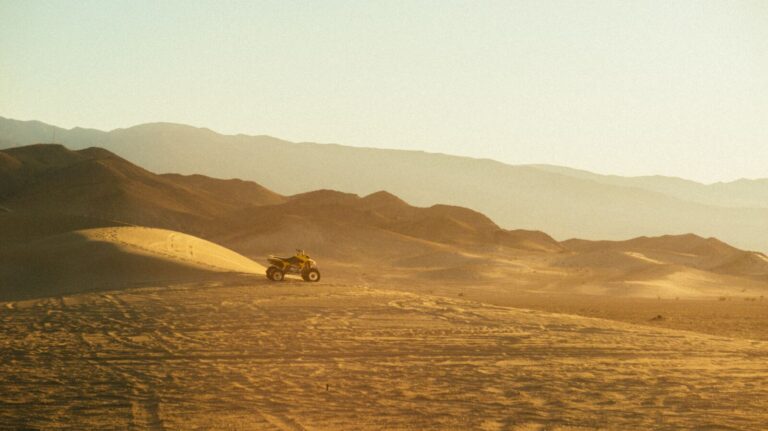
Set in the northwest of Namibia, the Skeleton Coast is considered one of the harshest and most inhospitable environments in Africa. The landscape is hauntingly beautiful, comprised of shifting sand dunes, treacherous seas and rocky landscapes.
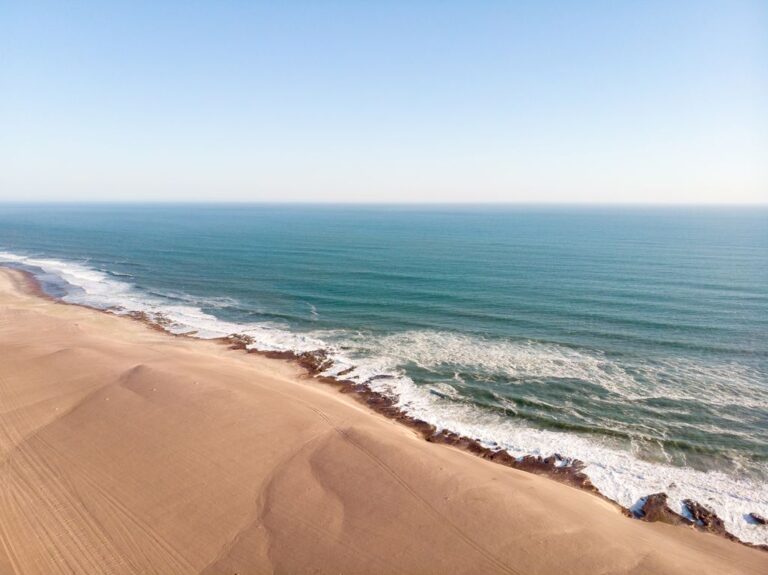
Nestled in between jagged mountains and sitting at an altitude of 1,700 metres, Namibia’s capital city of Windhoek is the start and end point for most trips to the country. Visitors will generally bookend their visits with nights staying here and there is a wide selection of lovely boutique properties, as well as some very good hotels to choose from.
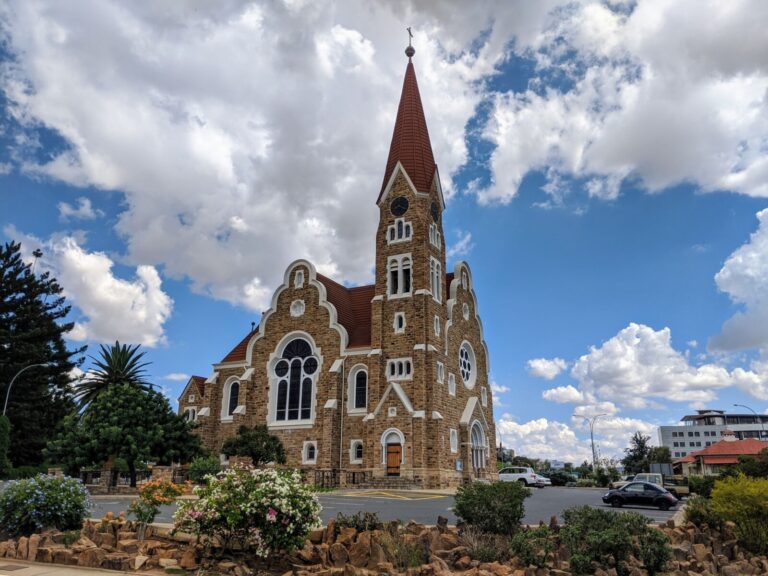

SIGN UP